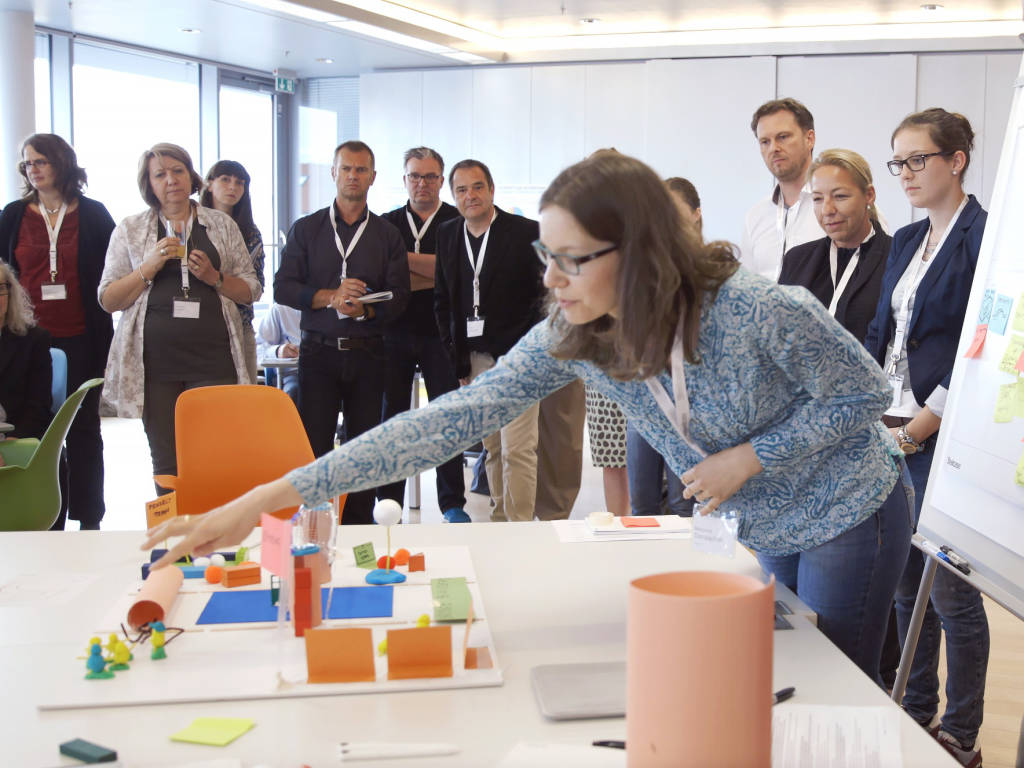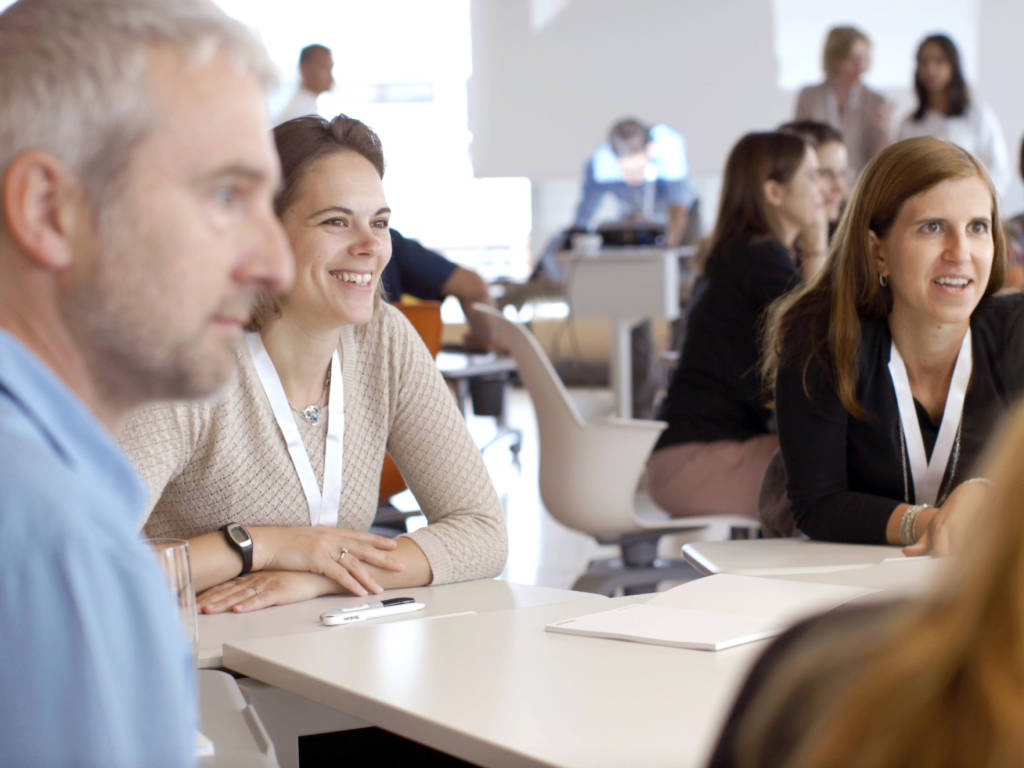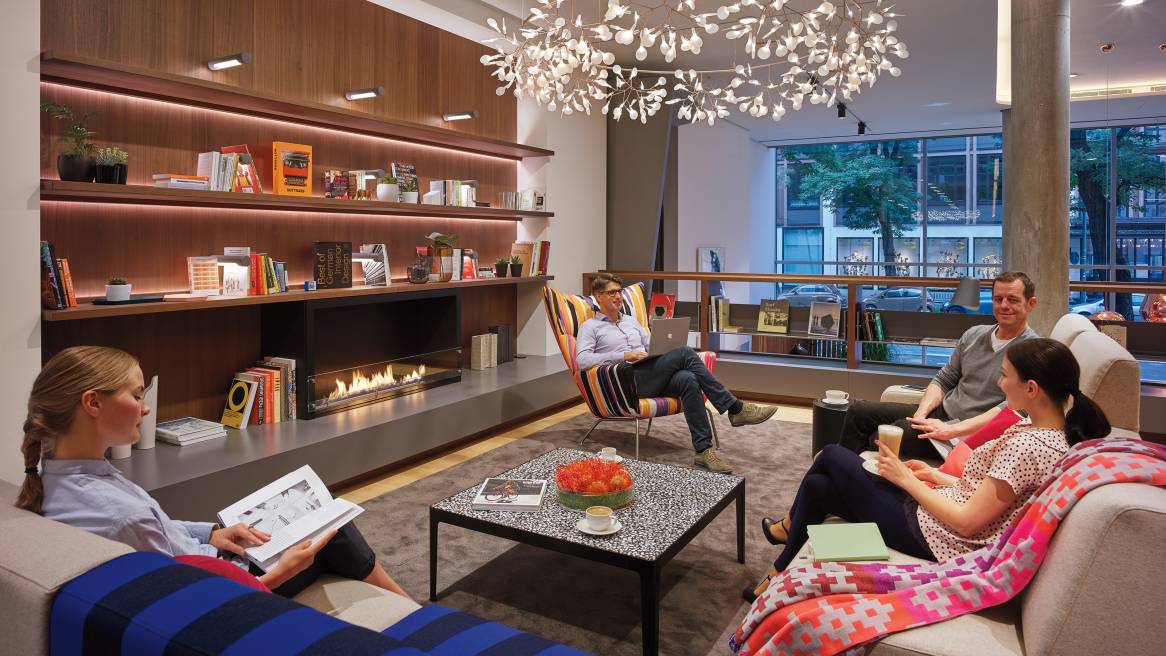Creating the Link Between Learning and Innovation
The Employee Experience
“Culture change is not a project. There is no ending. Behaviors change when mindsets change, and that happens through the experiences people have at work.”
Laurent BernardVice President, Global Talent Management
The Steelcase Applied Research and Consulting (ARC) team, which translates insights from extensive Steelcase research into meaningful actions and measurable results working with clients to propel their change efforts, were asked to apply their expertise and assistance to help bring focus and meaning to the Munich Learning and Innovation Center (LINC) project.
ARCs engaged with the employees from all disciplines from both the Rosenheim and Strasbourg locations, diagnosing their current work experiences through the lenses of space, culture and technology.
ARC Activities:
- an in-depth culture assessment
- workplace surveys
- onsite observations
- space use analytics
These explorations uncovered a range of opportunities:
Collaboration
Employees spend half their time working with others.
Distance Collaboration
Employees spend 22 percent of their time working with peers virtually.
Creativity and Innovation
Only 40 percent felt their workplace optimally supported the creative process or encouraged learning.
Decision Making
Most wanted to feel more empowered to make decisions.
To pave the way for change, employees from all levels of the organization were invited to workshops where they actively co-created their ideal work experiences using ARC’s proprietary methods and tools. In small groups, they explored how their individual needs related to corporate priorities and how the organization could begin to evolve to close gaps. Involving employees in these significant ways primed them for change.


Most workshop participants left with a new, optimistic attitude of “let’s do this, let’s change together.”
Employee Experience Guiding Principles
Based on their explorations, the employee experience team synthesized these principles to help inform the design of the new LINC workplace:
Empowerment + Trust
Support the autonomy that is required to be effective and agile in a networked organization.
Experimentation
Embed continuous learning into everyday work as exploration, risk-taking and learning from failure.
Collaboration
Empower cross-functional collaboration across departments and locations, making effective use of global resources and experience.
Authenticity
Encourage employees to be themselves, freely express and share their ideas and contribute in a way that supports who they are.
Belonging
Help employees expand their focus from being part of a department or team to being part of a globally integrated and networked Steelcase.
NEXT CHAPTER – Learning Principles
PREVIOUS CHAPTER – The Central Question


